From Grofers' Near-Death to ₹9,421 Crore GOV: How Blinkit's 10-Minute Pivot Strategy Saved a Dying Startup
- Nayan Tomar
- Aug 11
- 5 min read
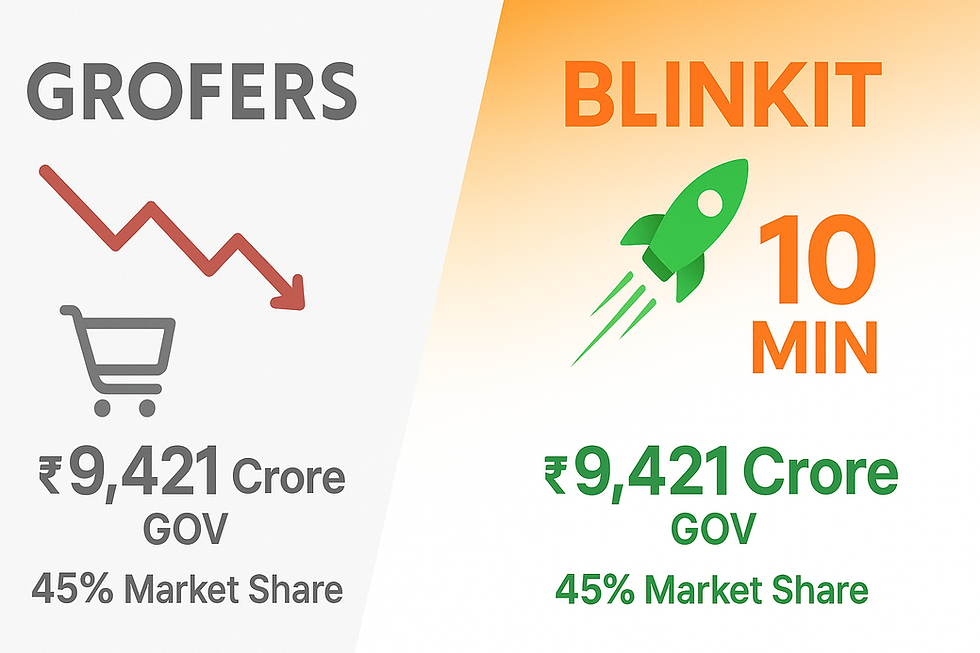
Reading Time: 5 minutes
From struggling grocery delivery startup facing extinction to ₹9,421 crore gross order value with 45% market share - Blinkit's radical brand pivot from Grofers proves that successful repositioning requires complete marketing narrative transformation, not just cosmetic rebranding, demonstrating how speed-based value propositions can resurrect dying business models when combined with operational excellence.
The Death Spiral Moment: When Traditional Grocery Delivery Hit the Wall
By 2020, Grofers was fighting for survival in India's overcrowded grocery delivery market. The traditional grocery delivery model struggled against established players while customer expectations shifted toward instant gratification. The company faced a classic startup dilemma: maintain the failing strategy or risk everything on radical transformation.
The market reality was brutal - customers were willing to wait 2-4 hours for grocery deliveries, but competitors like BigBasket and Amazon Fresh offered better inventory selection and more reliable delivery windows. Grofers lacked clear differentiation beyond promotional pricing, creating unsustainable unit economics where customer acquisition costs exceeded lifetime value.

The breakthrough insight came from observing urban customer behavior patterns. The company realized people's growing need for speed required a strategic shift in their entire business model rather than incremental improvements to existing operations. This observation led to the most audacious promise in Indian e-commerce: 10-minute delivery for grocery items.
CEO Albinder Dhindsa positioned the rebranding with the mission statement "instant commerce indistinguishable from magic," signaling that this wasn't just a name change but a fundamental reimagining of what grocery delivery could become. The pivot required abandoning everything that made Grofers recognizable to build something entirely new.
The 10-Minute Revolution: Speed as Ultimate Competitive Moat
Blinkit's 2021 rebranding reflected its bold pivot toward delivering groceries and daily essentials in under 10 minutes, creating a value proposition so radical it seemed impossible to competitors. The speed-based differentiation worked because it solved a real urban problem: the inconvenience of running out of essential items during busy schedules.
The Marketing Psychology Behind Instant Gratification
The 10-minute promise tapped into fundamental consumer psychology where convenience trumps cost considerations. Urban professionals were willing to pay premium prices for immediate availability of forgotten essentials - milk for morning coffee, batteries for remote controls, or medicines for sudden headaches. Traditional grocery shopping required advance planning that modern lifestyles increasingly couldn't accommodate.

Blinkit's marketing positioned speed not as luxury but as necessity for urban living. Their campaigns emphasized emergency use cases where 10-minute delivery became genuinely valuable rather than just convenient. This positioning justified premium pricing while building customer dependency on the service for urgent needs.
The speed-first marketing created psychological differentiation that was nearly impossible to replicate. Competitors could match pricing or product selection, but achieving 10-minute delivery required massive operational restructuring that most companies couldn't justify. The marketing promise became an operational moat.
Inventory Proximity as Service Design
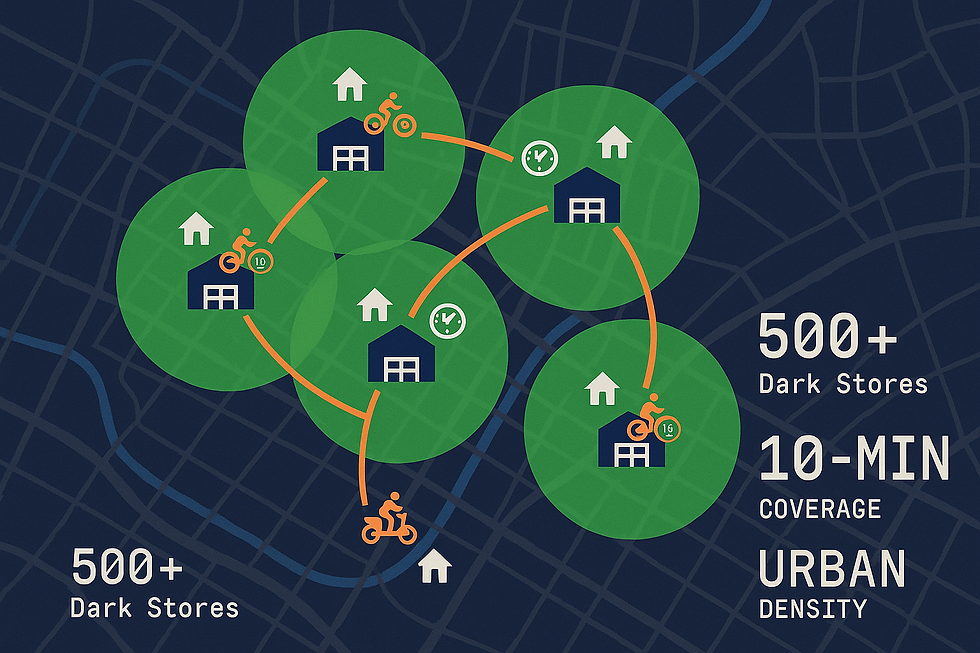
Blinkit's genius lay in understanding that 10-minute delivery wasn't just about fast riders but strategic inventory placement. The company pivoted from traditional grocery delivery to ultra-fast delivery focus by creating dark store networks that positioned inventory within immediate reach of customer neighborhoods.
The marketing strategy emphasized local availability over vast selection. Instead of promoting thousands of SKUs like traditional grocery platforms, Blinkit marketed curated essential items available instantly. This approach managed customer expectations while highlighting the unique value of immediate access to needed items.
The proximity strategy enabled powerful local marketing tactics. Blinkit could customize inventory and promotional messaging based on neighborhood consumption patterns, creating personalized marketing that felt relevant rather than generic. Local relevance enhanced customer loyalty and increased order frequency.
Brand Transformation Success: From Commodity Service to Essential Utility
Blinkit's 2024-25 performance demonstrates pivot success with GOV reaching ₹9,421 crore and 45% market share, validating that complete brand repositioning can resurrect failing business models when executed with operational excellence alongside marketing transformation.

Complete Narrative Overhaul Strategy
The Grofers-to-Blinkit transformation required abandoning all previous brand equity to build fresh market positioning. The old Grofers brand was associated with slow delivery, limited selection, and promotional pricing. Blinkit needed to signal complete departure from these associations to establish credibility for 10-minute promises.
Zomato's $568 million acquisition in 2022 validated the pivot strategy by providing resources to scale the dark store network required for delivery promises. The acquisition also brought marketing synergies where Zomato's food delivery infrastructure supported Blinkit's grocery positioning.
The rebranding success metrics prove remarkable: Blinkit now accounts for $13 billion of Zomato's total market capitalization, making it more valuable than Zomato's original food delivery business. This valuation transformation demonstrates how successful brand pivots create entirely new market categories rather than just repositioning within existing ones.
Operational Marketing Integration
Blinkit's marketing success stemmed from aligning brand promises with operational capabilities. Unlike many startups that overpromise and underdeliver, Blinkit built delivery infrastructure that could consistently meet 10-minute commitments before scaling marketing investments.
The company achieved adjusted EBITDA positive status in March 2024, proving that premium positioning through speed differentiation creates sustainable unit economics. Customers who value instant delivery show higher retention and order frequency, justifying the operational costs required for 10-minute fulfillment.
The operational excellence became marketing content - successful 10-minute deliveries generated social media sharing and word-of-mouth referrals that traditional advertising couldn't replicate. Customer amazement at delivery speed created organic marketing amplification that reduced customer acquisition costs.
Strategic Pivot Lessons: When Radical Change Beats Incremental Improvement
Blinkit's transformation from near-death Grofers to market-leading quick commerce platform offers critical insights for startup pivots and brand repositioning strategies in competitive markets.
First, successful pivots require complete marketing narrative transformation, not cosmetic rebranding. Blinkit succeeded because they abandoned everything associated with Grofers to build fresh market positioning around speed differentiation. Half-hearted pivots that retain previous brand associations typically fail because customers cannot reconcile old perceptions with new promises.
Second, differentiation must be operationally defensible, not just marketing clever. The 10-minute delivery promise worked because it required massive dark store investments that competitors couldn't easily replicate. Marketing differentiation without operational barriers creates temporary advantages that competitors quickly neutralize.
Third, premium positioning requires consistent delivery on brand promises to build customer trust. Blinkit's success came from reliably meeting 10-minute commitments rather than just promoting speed benefits. Brand pivots fail when marketing promises exceed operational capabilities, creating customer disappointment that damages credibility.
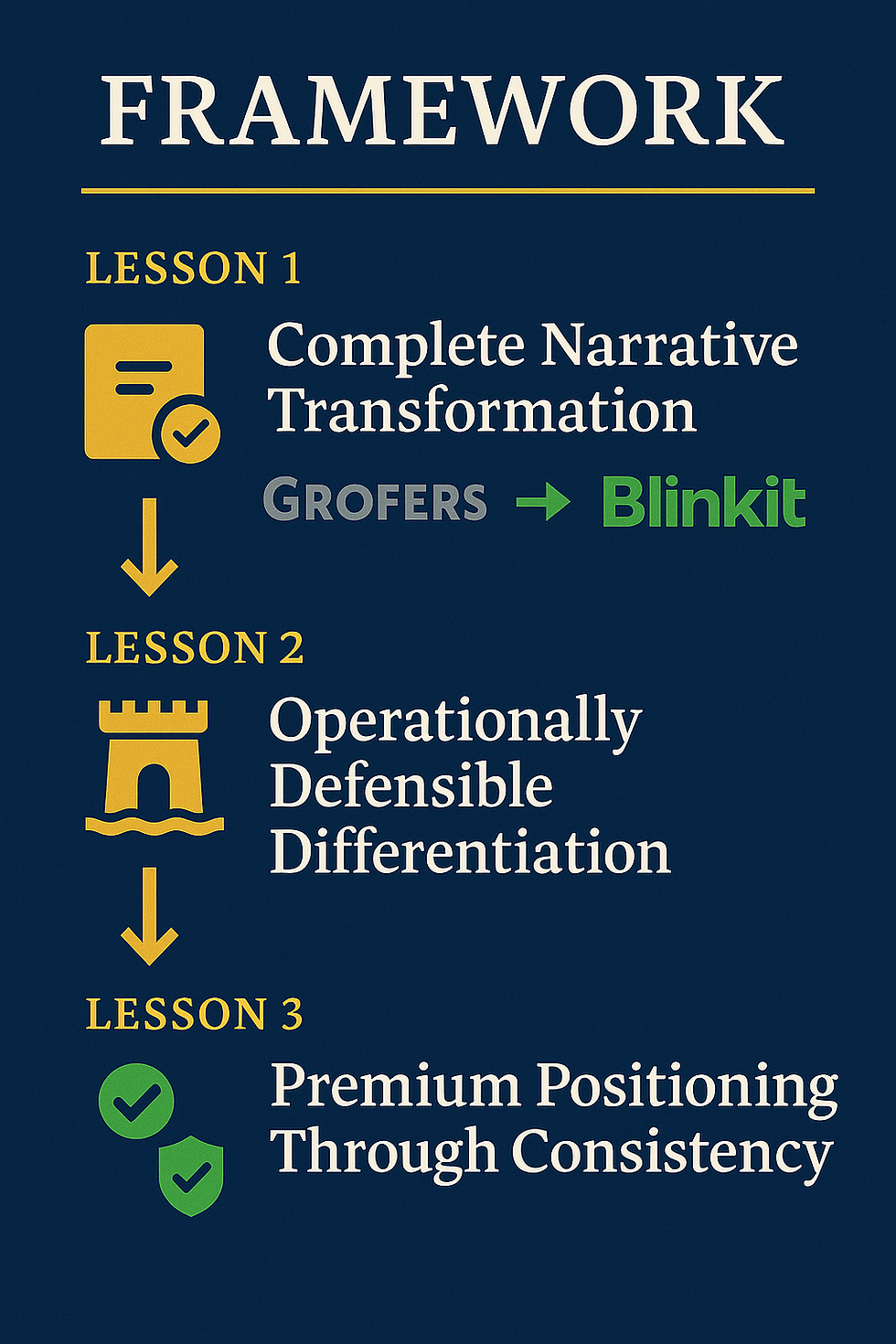
The ultimate insight for marketers: successful brand pivots create new market categories rather than repositioning within existing ones. Blinkit didn't just become a better grocery delivery service - they created the quick commerce category that redefined customer expectations for urban convenience.
With plans for 2,000 dark stores by December 2025, Blinkit demonstrates that radical brand transformation combined with operational excellence can resurrect failing startups into market-leading platforms. The key is having the courage to abandon what isn't working to build something genuinely different.
.png)
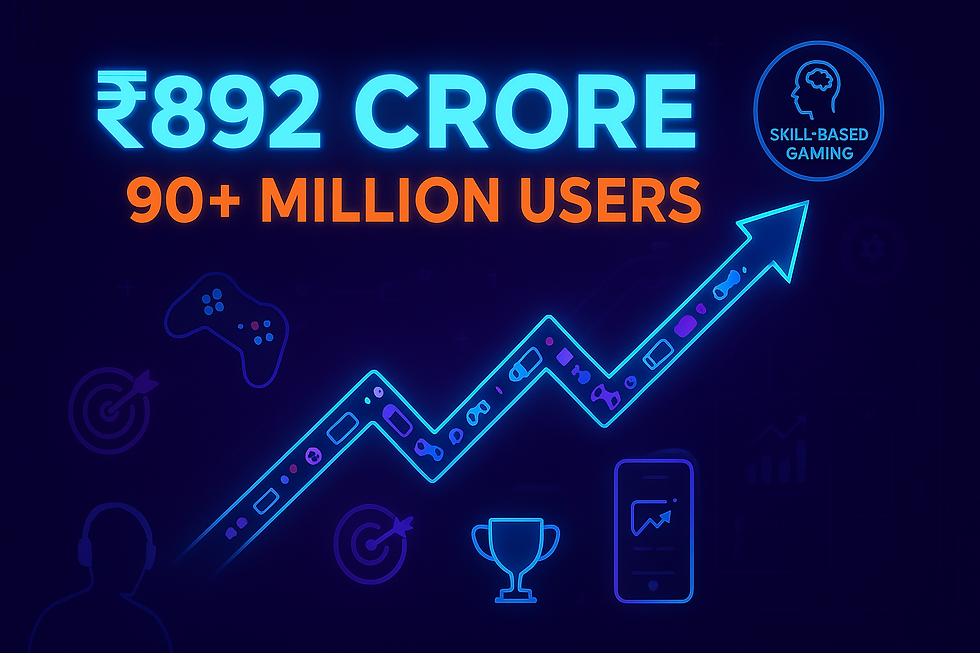
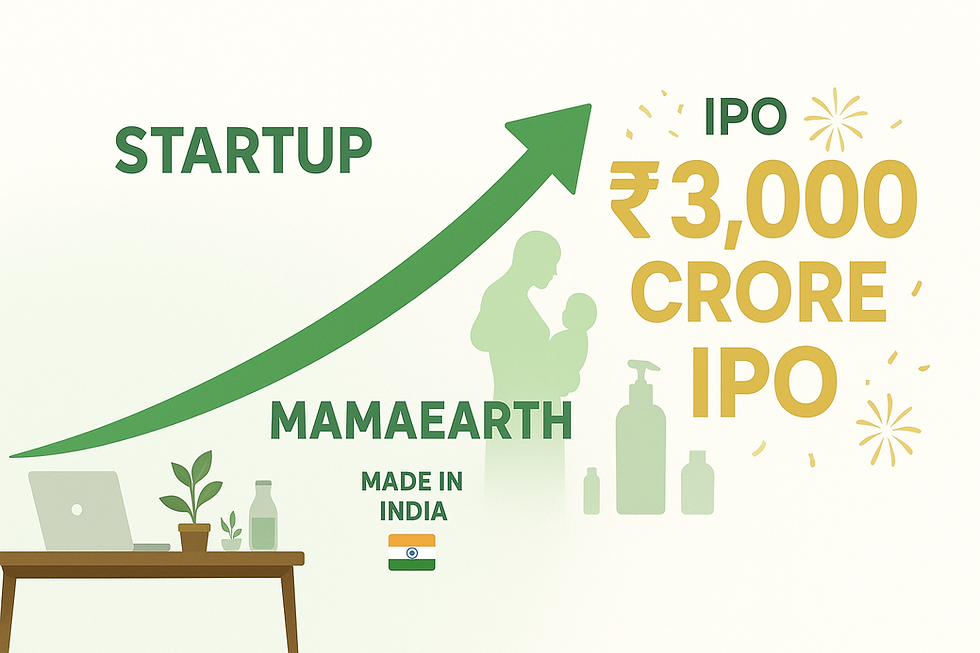
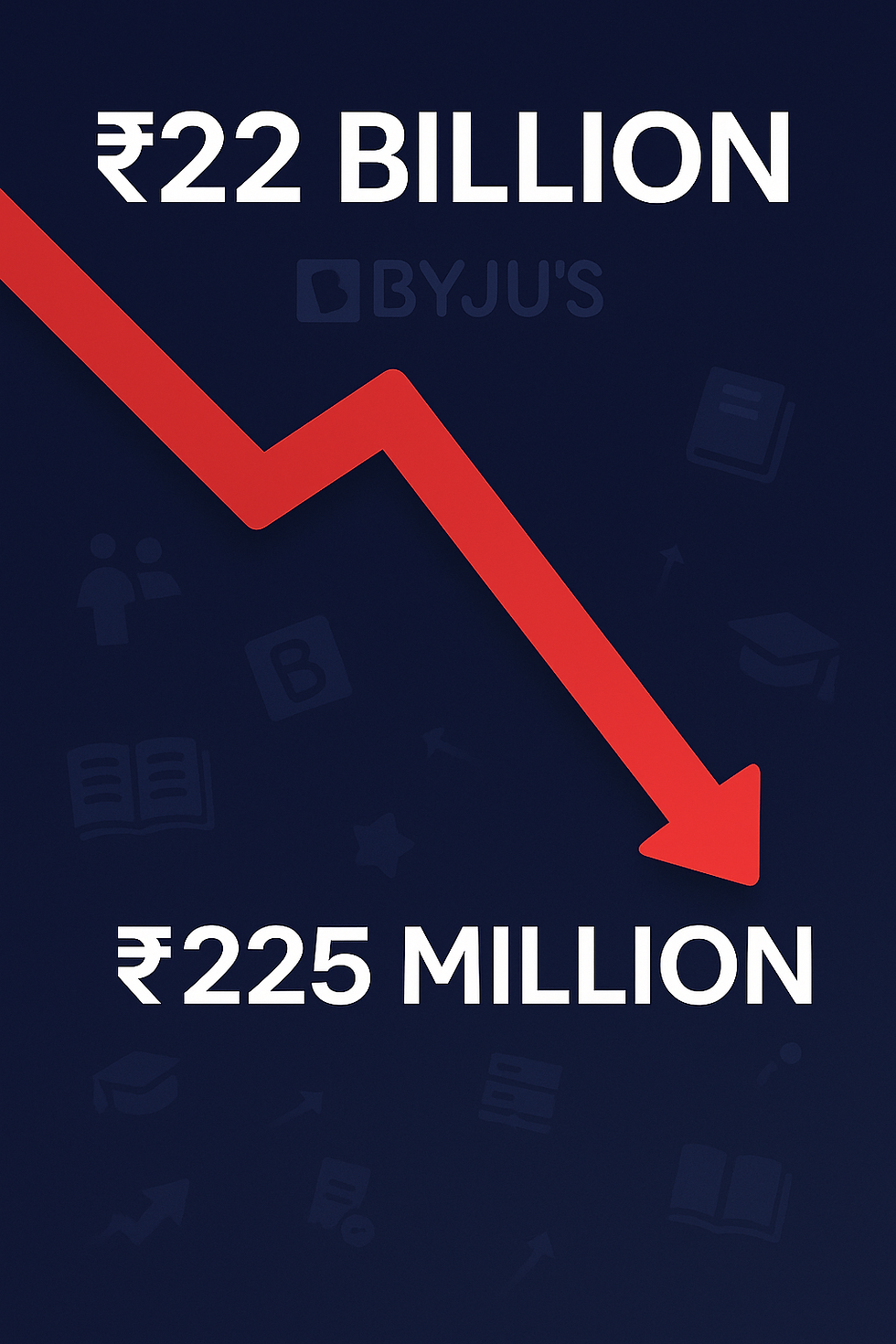
Comments